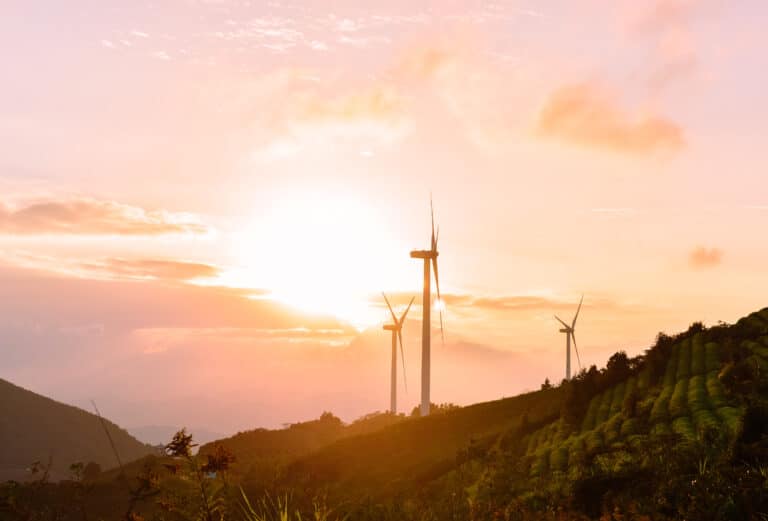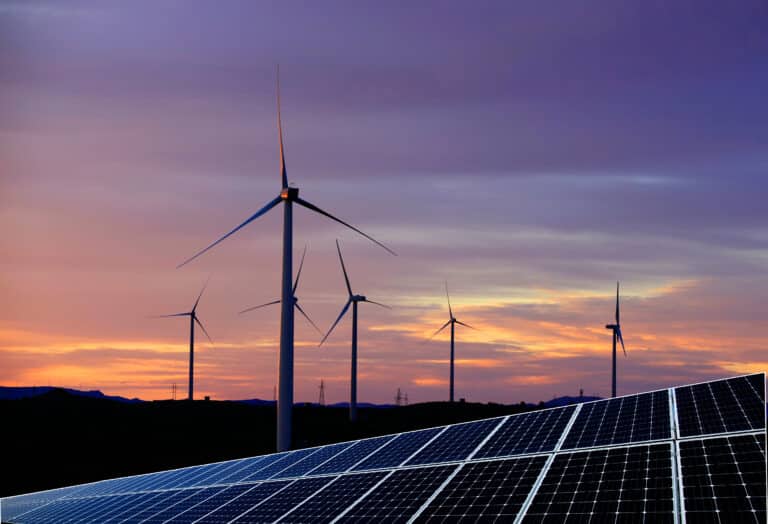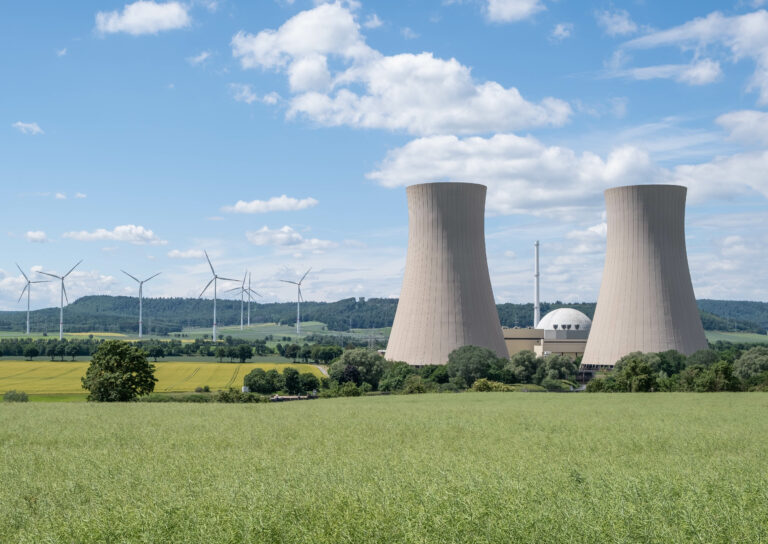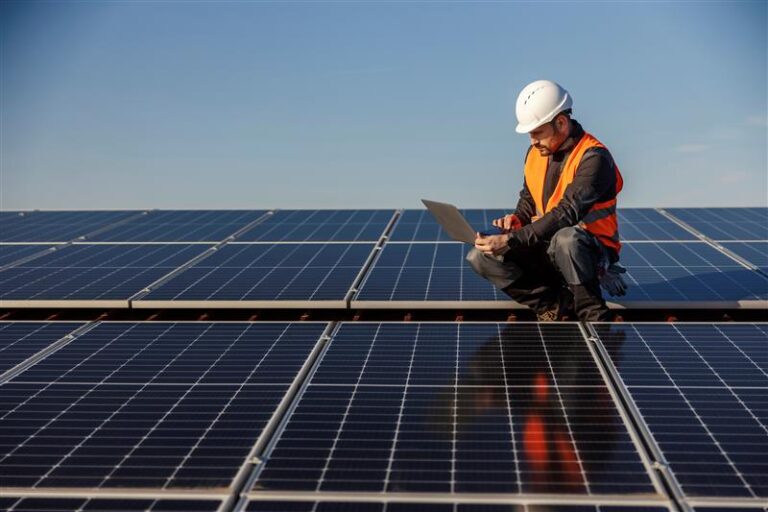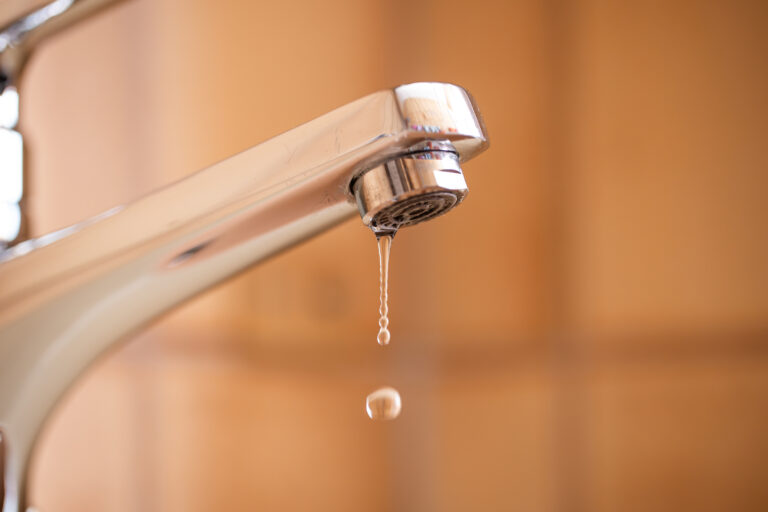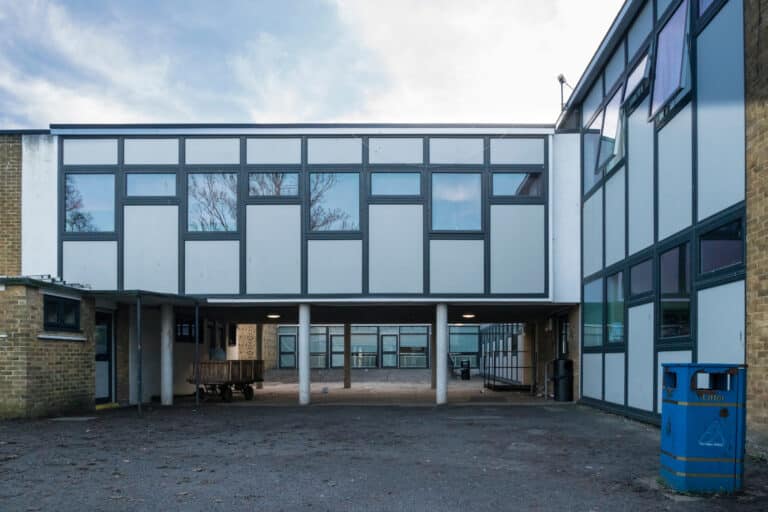Essential Energy FAQs: Water Update
Water update: What is happening to water prices in your area?
In this mini webinar session, Darren Myers, our DEC Compliance and Water Procurement Manager, gave us an informative update on the development of the water market since ‘competition’ was introduced in 2017 and the changes to pricing since 1 April 2020. Listeners had many questions about how to benefit from this now open market and we’ve collated them here.
Does Zenergi charge for the water service, even if we are already buying energy through Zenergi?
We are paid in just the same way as we are for your energy, so we are paid a commission from the water retailer. We’ve partnered with Water2Business for our water scheme who are trusted and proven to provide excellent customer service.
Our scheme delivers a customer saving of up to 5% (depending on regional deemed contract pricing). Additional benefits of the scheme are account management from your Zenergi Relationship Manager, with any issues rectified on your behalf; monthly billing and consumption information on our online portal to access whenever you want it; the ease of having your gas, electricity and water all managed in one place.
Additionally, we often find savings available in the tariff once we are managing the water billing and we can identify potential consumption issues at sites to deliver further useful savings.
Are the average forecast savings for both water and sewerage?
The savings are for water and sewerage, and also drainage and fixed charges. Savings do vary according to the regional wholesale area that you are located in and the volume of water consumed. Once we have a copy of your current water bill we can provide exact savings.
What is the length of a contract?
Zenergi are placing 12-month contracts initially to March 2021 and then we’ll review the market again to get customers the best price. The reason for this is that 12-month contracts allows us the flexibility to review the market again to ensure that you are still on the best deal.
What are the timeframes to switch once you have received the relevant bills and supporting information?
The transfer process is really simple. Send us your copy bills for each of your meters and we’ll send you the rates/savings and a contract to sign should you wish to proceed.
We’ll take care of the switch upon receipt of the completed contract. It typically takes two weeks, but it can sometimes take up to four weeks. Your account manager will welcome you to our water scheme once it has all completed!
What is your advice for customers who have moved from one supplier to another with a reputation for poor customer service?
If the service you get is poor you can switch. That is the benefit of the open water market! If you are on a deemed contract, switch so you are not paying more than you need to. If you have switched already and are not happy with the service you are receiving, you can switch again at the end of the contract!
Where can you find out about customer service levels for each retailer?
The internet can offer you a wealth of information and you can find customer service surveys. There is a disparity between the level of customer service that retailers offer. We undertook a lengthy assessment of the water suppliers ahead of offering our water scheme.
We selected Water2Business and have been very pleased with their performance since partnering in April 2018. Our customers benefit from savings, along with excellent billing and support and the ease of having one supplier for both water and waste water.
I want to switch and join your water scheme, do we send the information to a specific person, or the normal Zenergi contact we deal with?
You can send it to your Zenergi relationship manager and it will be passed through to the right department for follow up, or you can email Darren@zenergi.co.uk.
How many cubic metres per pupil would be typical per year?
The best practice water consumption for a primary school without a swimming pool is 2.6m³ of water/pupil/year (3.1m³ of water/pupil/year with a swimming pool).
For a secondary school it is 2.6m³ of water/pupil/year (3.6m³ of water/pupil/year with a swimming pool).
Cistern top up systems on urinals are often a heavy use, is there anything we can do to mitigate it?
Urinals can use a significant volume of water if they don’t have any controls applied to them. It is very important to install controls to ensure that water isn’t used when not necessary.
Even urinals that do have controls should be assessed to ensure they are working properly. There are a variety of controls that can be installed, such as timed or occupancy control.
How does the water benchmarking happen?
If you provide us with 12-months’ billing data we can benchmark and assess if you are using more water than you should be. We can set parameters and if you use more than you should we will let you know so you can investigate what is causing the increase, such as a leak.
Watch the webinar recording here. For more information about the deregulated water market, read our article.






